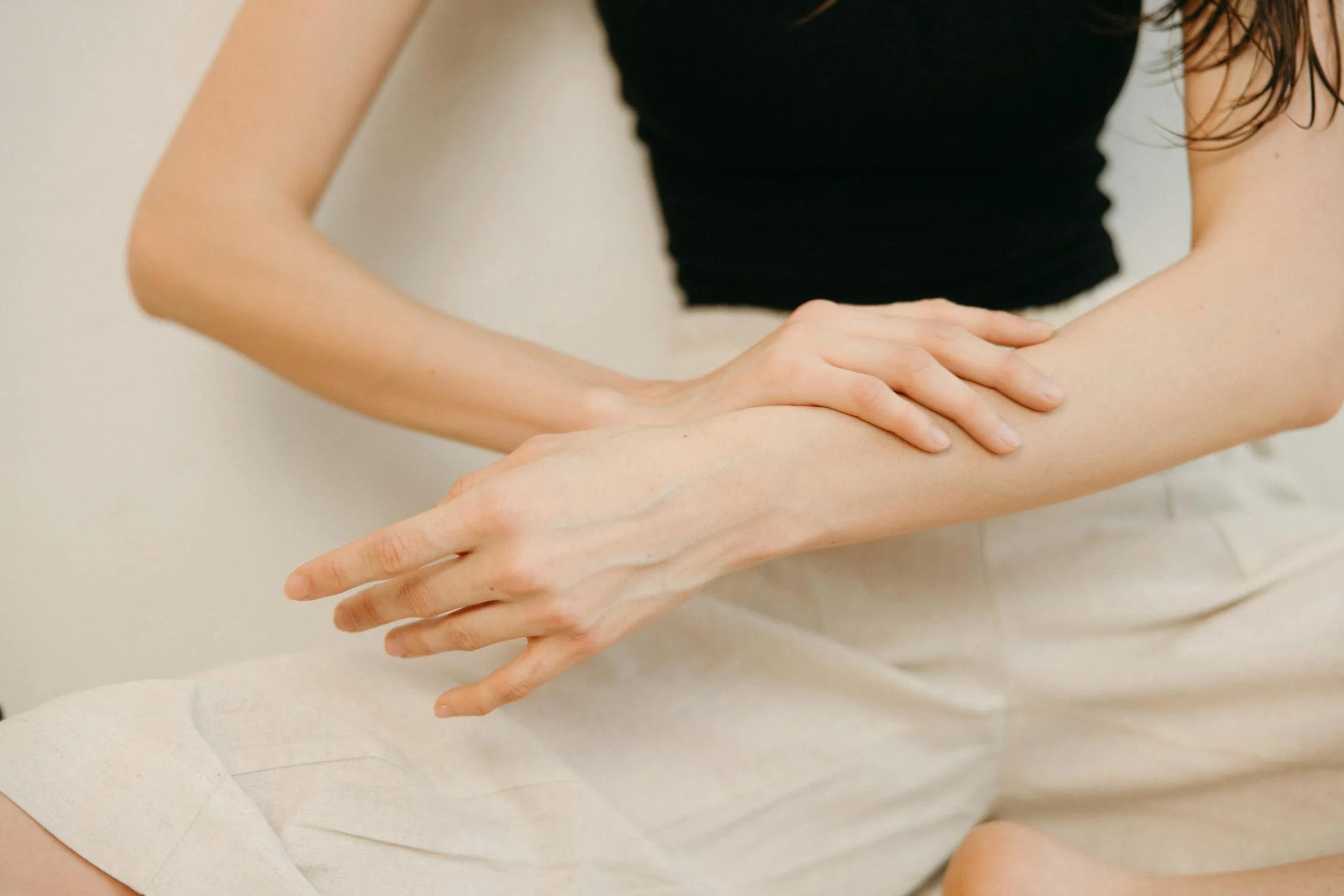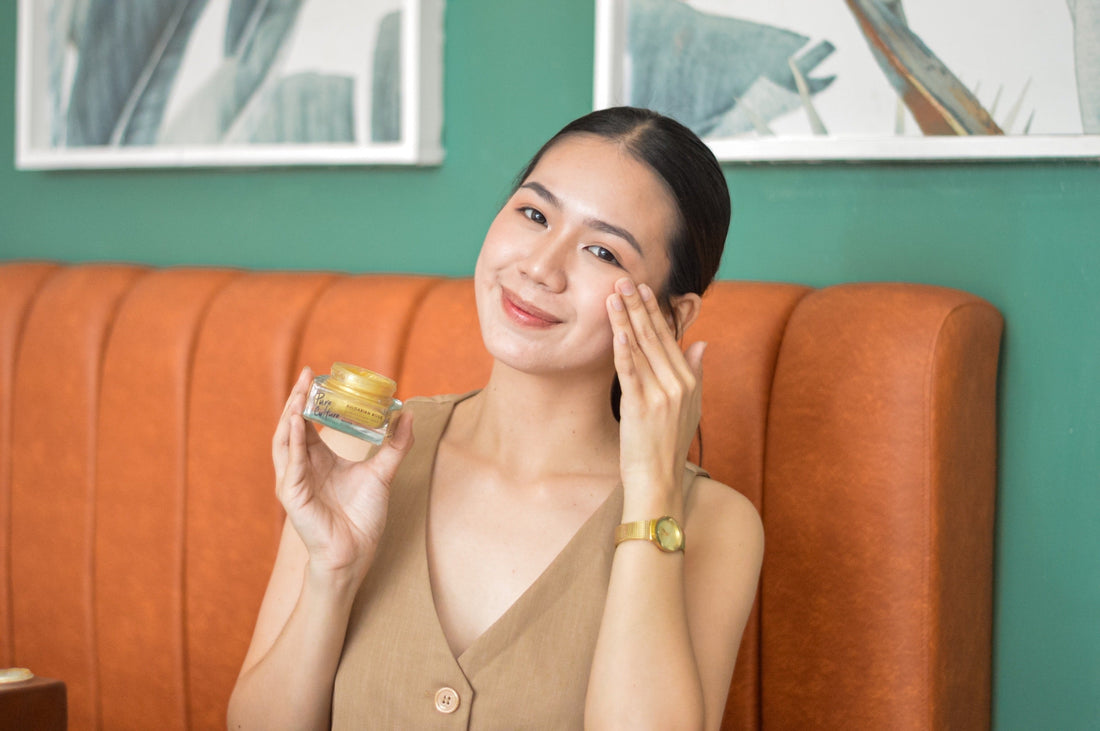The abundance of skincare options, from cleansers to moisturizers, can make selecting the right ones a challenge. Even if you know your skin type, there's a chance a product might irritate it. This irritation can be caused by an ingredient, like a preservative, triggering allergic contact dermatitis, leading to redness, itchiness, and swelling.
To avoid such issues, a simple solution exists: patch testing. Patch testing is basically testing out new products. This aims to identify if a specific substance triggers allergic skin irritation, known as contact dermatitis. Unlike allergy tests with needles, patch tests involve applying potential allergens onto patches placed on your skin.
Patch Test is The Gold Standard
According to research, patch test is the gold standard to figure out if a product has the ability to bug out your skin. Basically, allergens act as tiny menace looking to see if your body's defense system (i.e. T-cells) recognizes them as enemies.
During a patch test, your skin might be exposed to a range of 20-30 extracts commonly causing contact dermatitis, including things like latex, medications, fragrances, and even metals. By applying a small amount of the product on your skin and monitoring for reactions, you can predict if it will cause problems.
Who Should Perform Patch Testing?
While not mandatory, patch testing can be done by anyone who wants to be extra cautious with new skincare products. However, patch test is highly recommended for:
- Skincare users who are experiencing itchy, red rash, which is a symptom of contact dermatitis. This is the most common scenario. Patch testing can help pinpoint the culprit – a specific product, ingredient, or material you've come into contact with.
- Those with sensitive skin and with bad reactions to new products should definitely perform it. This simple step can prevent future reactions and keep your skin healthy.
- Individuals with unclear skin conditions can benefit in doing so. Sometimes, rashes can be caused by various factors. Patch testing can help your dermatologist differentiate between an allergic reaction and other skin issues, leading to a more accurate diagnosis.
Benefits of Patch Testing
Prevents irritation and allergic reactions:
A patch test helps identify ingredients that might trigger a negative response in your skin, which is usually natural to experience. This is particularly important for those with sensitive skin or allergies to specific ingredients like fragrances, parabens, or certain essential oils.
Promotes a healthy skin microbiome:
The skin microbiome, a delicate ecosystem of bacteria and other microorganisms, plays a vital role in maintaining skin health. Harsh reactions to new products can disrupt this delicate balance, leading to dryness, inflammation, and increased susceptibility to breakouts. Patch testing helps safeguard the integrity of your skin microbiome.
Maximizes product effectiveness:
When your skin reacts poorly to a product, it can hinder its ability to deliver the intended benefits, such as reducing acne and moisturizing the skin. Patch testing ensures you're using products your skin can tolerate, allowing them to work their magic effectively.
Saves money and time:
Patch testing might seem like an extra step, but it can prevent you from spending too much money on products that end up in the garbage due to irritation. Additionally, it saves you the frustration of dealing with negative reactions and the time needed for your skin to recover.
The Mindful Guide in a Patch Test

If this is your first time using a product or have been using many products but encountering issues, this mindful guide can help you out. Remember, this is a simple and non-invasive procedure you can easily perform at home. Here's how to do it effectively:
- Choose Your Patch Area: Select a small, inconspicuous area of skin that is not prone to irritation. Common options include the inner forearm, behind the earlobe, or the bend of the elbow. Avoid areas with broken skin, sunburns, or active acne.
- Cleanse the Area: Thoroughly cleanse the chosen area with a gentle, fragrance-free cleanser and lukewarm water. Pat the area dry with a clean, lint-free towel.
- Apply the Product: Using a cotton swab or a clean fingertip, apply a small amount of the product you want to test. Ensure it's enough to cover a dime-sized area but not so much that it drips or runs.
- Let it Breathe: Allow the product to dry completely. Avoid covering the patch with clothing or bandages, as this can trap moisture and alter the test results.
- Monitor for Reactions: Observe the patch area for the next 24 to 48 hours. Look for any signs of irritation, such as redness, itching, burning, or bumps. If you experience any discomfort, discontinue use immediately and wash the area with lukewarm water.
- Repeat for Multiple Products: If testing multiple products, ensure there's enough space between each patch to avoid any overlap or confusion if a reaction occurs.
- Patience is the Key: Some reactions might take longer to develop. It's recommended to repeat the patch test for several days (ideally 7-10 days) to ensure you capture any delayed reactions.
Note: Certain ingredients, especially retinol and glycolic acid, can temporarily irritate sensitive skin. It's nothing to worry about since it's normal.
No bumps, redness, or itch? You're good to go! After a week or so of patch test with no reaction, feel free to use the product regularly.
Consult a dermatologist if you experience a severe reaction or have concerns about your skin's sensitivity. They can perform more comprehensive allergy testing and provide personalized guidance for your skincare routine. Pure Culture is partnered with several licensed dermatologists who are knowledgeable with skin reactions.
Tips for a Successful Patch Test
The best way to perform a patch test is to start small. A pea-sized or dime-sized amount of product on the test area is enough. Don't get carried away and test multiple products at once – this can make it hard to identify the culprit if there's a reaction.
In addition, stick to your regular skincare routine outside the patch area to maintain a baseline for comparison. This is important especially if you are using two different brands. Since the sun can worsen some reactions, keep the patch area out of direct sunlight during testing. Finally, be your skin's best friend. Pay close attention to how it feels throughout the test. If you experience any discomfort, even if it seems minor, stop using the product and wash the area.
How Safe is Pure Culture?
Pure Culture doesn't use synthetic chemicals and harsh ingredients typically found in non-organic skincare products that can cause allergic reactions and skin sensitivities. But of course, patch testing is still important. On the bright side, organic formulas often skip harsh chemicals and allergens, making them a good option for those with sensitive skin in general.
We want to be as transparent as possible, which is why the items in bold in the ingredients list of every Pure Culture product are allergen declarations. For instance, Wild Algae uses seaweed that are declared as allergens. If you're allergic to seafood, we highly recommend conducting a patch test.

